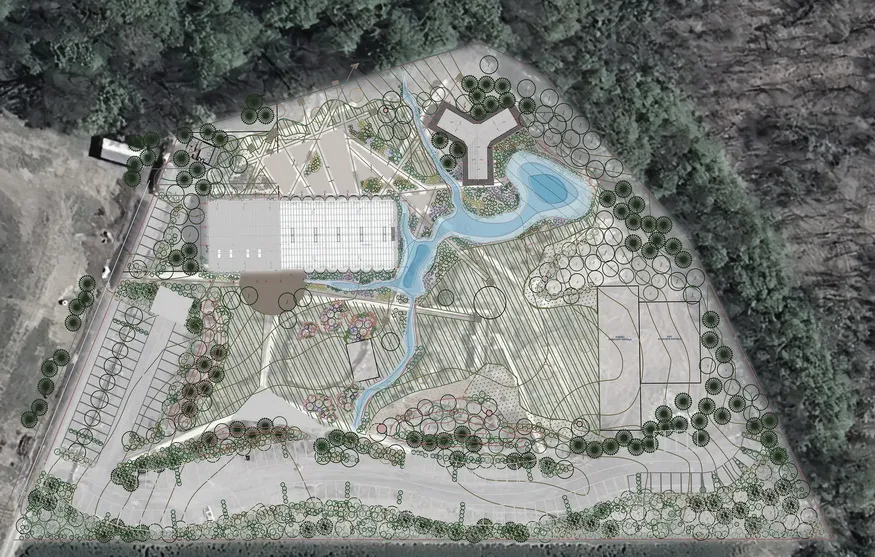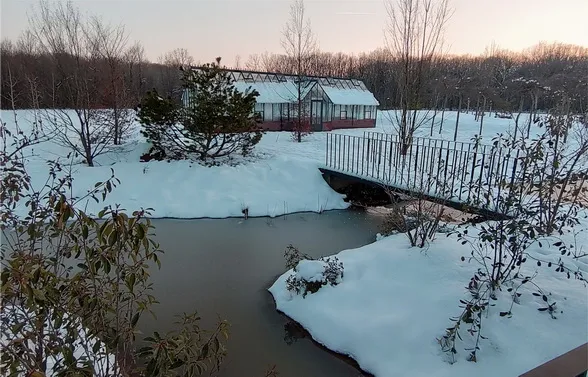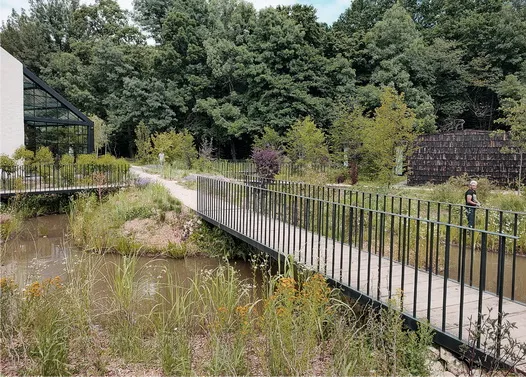
1/10

2/10

3/10

4/10

5/10

6/10

7/10

8/10

9/10

10/10
Built Space
Non-residential / New
S
Selected
12
votes of the public12
votes of the public
Author(s) / Team representatives
Arhitectură, masterplan: Ideogram Studio (Ilinca Păun Constantinescu, Tudor Constantinescu, Alexandru Păun, Iulia Păun, Gabriela Belcineanu) Peisagiști: Nicolas Triboi, Arina Boariu Design: concept integrat interior-exterior, Pascal Delmotte, Alma Popan
Profession
architect
Collective/office
Ideogram Studio
Co-authors/team members
Arhitectură, masterplan, șef proiect complex: Ideogram Studio (Ilinca Păun Constantinescu, Tudor Constantinescu, Alexand
External collaborators
Execuție obiecte de beton: Mihai Bonciu, koncret.ro Proiectare rezistență, constructor: Rova Design Instalații: AD-MEP E
Project location
comuna CIOLPANI, judeţul ILFOV, Românoa
Budget in euros
500000
Usable area
868 m2 / Suprafața terenului: 13632m2
Project start date
Septembrie 2020
Construction completion date
August 2023
Client
IRIS
Builder
Rova Design
Photo credits
IRIS, Nicolas Triboi, Pascal Delmotte,



